When Should You Season Steak? The Secret Behind a Perfectly Flavored Cut!
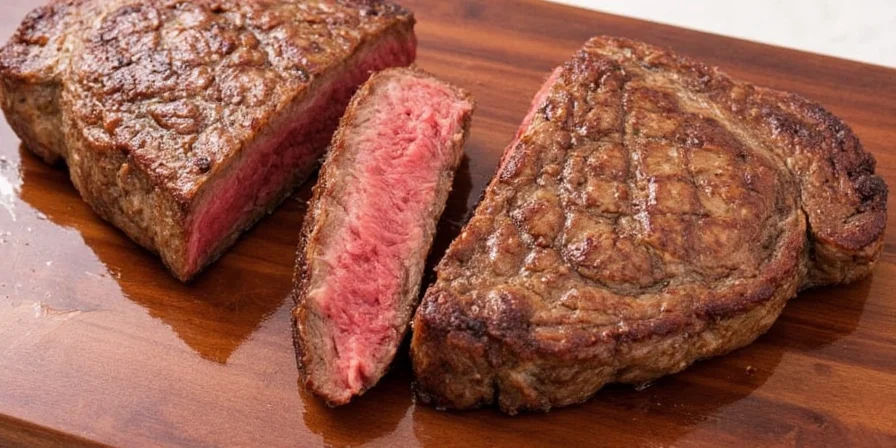
Are you tired of chewy, bland steaks that taste like disappointment wrapped in a regret blanket? Well, my friend, you might be seasoning at the wrong time! In this article, we're diving deep into one of the greatest culinary mysteries since someone decided pineapple belongs on pizza — when exactly should you season your steak?
Why Does Timing Matter When Seasoning Steak?
Let’s get one thing straight — seasoning isn’t just about adding flavor. It's also about how that flavor interacts with the meat on a molecular level. Salt is more than just a condiment; it’s a protein manipulator.
- Salt draws moisture out of the meat through osmosis.
- This moisture then dissolves the salt and gets reabsorbed, creating a brining effect.
- The timing affects how deeply the salt penetrates and how much juice you end up with (spoiler: you want to keep those juices!).
The Three Major Timing Approaches
There are three main ways people approach seasoning steak:
- Last-minute seasoning: Right before hitting the pan or grill.
- Immediate seasoning: Season right after bringing the steak to room temperature.
- Pre-salting: Seasoning hours or even days before cooking (also known as dry-brining).
The Big Question: How Long Before Cooking Should You Season Steak?
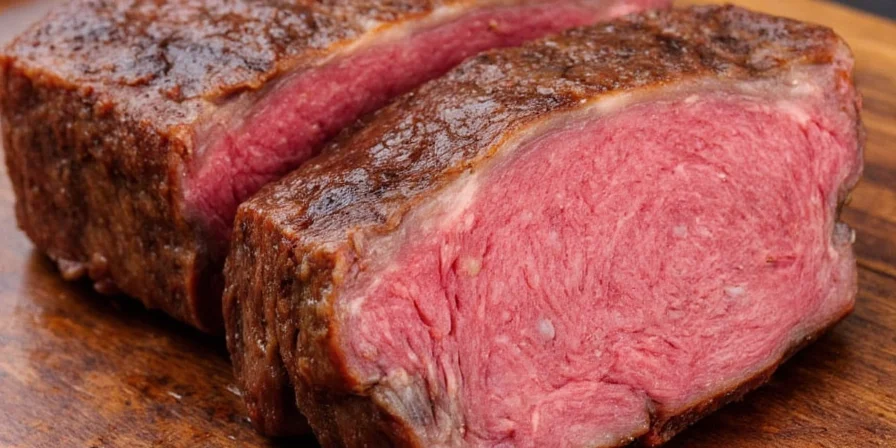
| Timing Method | When to Season | Pros | Cons |
|---|---|---|---|
| Last-Minute Seasoning | Right before cooking | Crispy crust, no risk of over-drying | Less flavor penetration, may fall off during sear |
| Immediate Seasoning | 5–10 minutes before cooking | Better adhesion, mild penetration | Mild moisture loss, inconsistent results |
| Pre-Salting (Dry Brining) | 40 mins to 48 hours before cooking | Deep flavor penetration, juicier meat | Requires planning, can lead to overly salty taste if not measured |
Option 1: Last-Minute Seasoning
If you’re throwing your steak on the grill within seconds of pulling it from the fridge, seasoning right before cooking keeps the surface dry, which helps create that perfect sear. This method is great for thick cuts like ribeye or porterhouse where the crust is king.
- Best for: Grilling enthusiasts who love that caramelized crust.
- Pro tip: Use coarse sea salt or kosher salt for better adherence.
Option 2: Immediate Seasoning
Some folks like to sprinkle their spices on a steak and throw it on the pan immediately. This gives some time for the salt to start working but doesn't let the juices escape too much. However, this middle-of-the-road method often lacks depth compared to pre-salting.
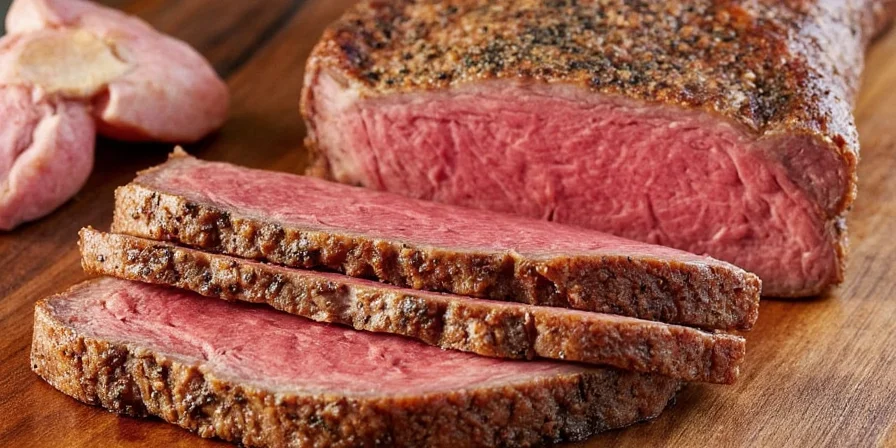
Option 3: Pre-Salting (Dry Brining)
This is the pro move. Salting your steak 40 minutes to 2 days ahead of time allows the salt to dissolve into the meat and work its magic without leaving the surface wet. The result? A perfectly seasoned, juicy steak that sings with flavor.
- Best for: thicker cuts and when you have time to plan ahead.
- Pro tip: Pat the steak dry before cooking for a killer sear.
Spice Storage & Usage Hacks for Your Steak Seasoning Game
You’ve got the timing down, now let’s make sure your spices stay fresh and flavorful. Because what’s the point of perfect timing if your garlic powder tastes like dust from the Jurassic era?
Storage Tips
| Spice | Optimal Storage Condition | Shelf Life |
|---|---|---|
| Kosher Salt | Airtight container in a cool, dry place | Indefinite |
| Black Pepper | Whole peppercorns last longer; grind as needed | Whole: 3–4 years / Ground: 1–2 years |
| Garlic Powder | Sealed container away from heat and light | 3–4 years |
| Paprika | Dark glass jar to protect from UV degradation | 2–3 years |
Usage Hacks
- Dry rubs: Mix coarse salt, cracked pepper, smoked paprika, and garlic powder for an all-purpose steak blend.
- Toasted spices: Lightly toast whole cumin seeds or coriander seeds for deeper flavor before grinding them.
- Fat-based infusions: Rub your steak with herb-infused oil or butter for a richer mouthfeel and aroma.
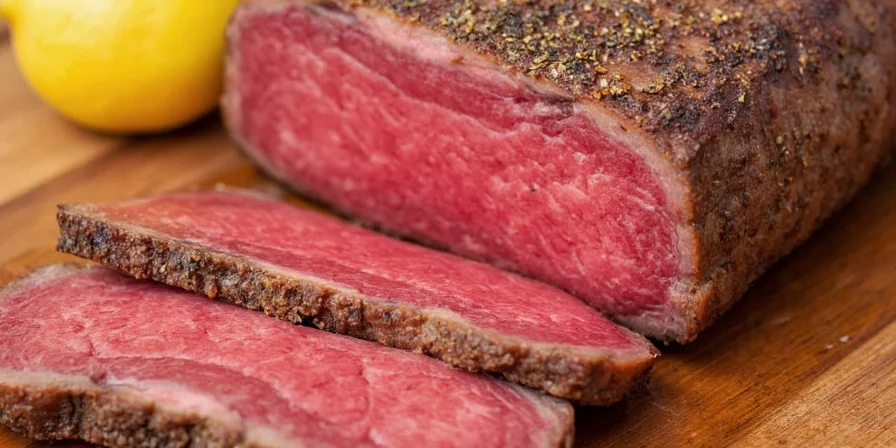
Real Talk: What Do the Pros Say?
We reached out to chefs, grill masters, and spice nerds across the globe to see how they handle the steak seasoning timeline. Here’s what they had to say:
- Thomas K., Michelin-trained chef: “I dry-brine my steaks for 45 minutes minimum. It’s a game-changer.”
- Lisa M., backyard BBQ guru: “I’m a last-minute girl, but I always pat the steak dry before seasoning. That sear is everything.”
- Raj D., food science student: “Salt molecules take time to migrate. If you want real flavor integration, you need to wait at least 30 minutes.”
Final Verdict: So… When DO You Season Your Steak?
Okay, so here's the deal:
- If you have time: Salt your steak at least 40 minutes before cooking (up to 2 days ahead). Dry-brine = life-changing.
- If you're short on time: Season immediately before cooking and pat it dry first. It won’t be perfect, but it’ll still be good.
- If you're lazy (and honest): Toss it on the pan, season as it hits the fire, and hope for the best. Hey, no judgment.
Putting It All Together: A Simple Step-by-Step Guide
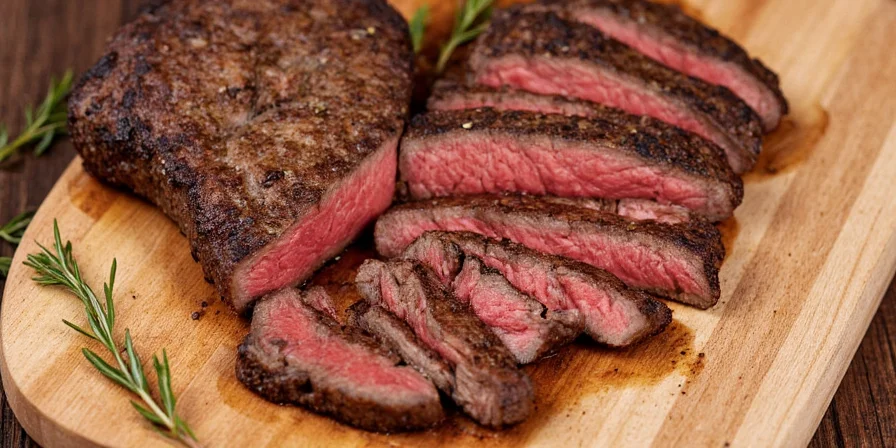
- Take your steak out of the fridge and let it sit at room temperature for 30–45 minutes (for even cooking).
- If dry-brining, apply salt evenly on both sides and refrigerate uncovered for 1–48 hours.
- Before cooking, pat the steak dry with paper towels to remove excess moisture.
- Add other spices like black pepper, garlic powder, or herbs just before cooking to avoid bitterness.
- Grill, pan-sear, or reverse-sear according to your preferred doneness.
FAQ: Let's Answer Those Lingering Questions
Can I use iodized table salt to season steak?
You *can*, but it tends to have a harsher flavor and contains anti-caking agents. Stick with kosher or sea salt for better texture and taste.
What about other seasonings like garlic or onion powder?
Those are best added just before or after salting to prevent burning or becoming bitter during the resting period.
Will my steak dry out if I salt it too early?
Only if you don’t give it time to reabsorb the moisture. That’s why 40+ minutes is ideal — the salt pulls out the water, then it goes back in with dissolved salt.
Can I use a marinade instead?
Sure, but marinating works differently and usually takes longer. Salt alone does a fantastic job enhancing natural flavors without overpowering the meat.
Conclusion: Master the Art of Steak Seasoning Timing
So there you have it — the definitive guide to seasoning your steak like a pro. Whether you’re hosting a dinner party or just treating yourself to a juicy ribeye after a rough day, knowing when to season makes all the difference.
- Plan ahead for the deepest flavor with dry-brining.
- Be quick and smart if you’re pressed for time.
- Store your spices properly to keep every bite tasting amazing.
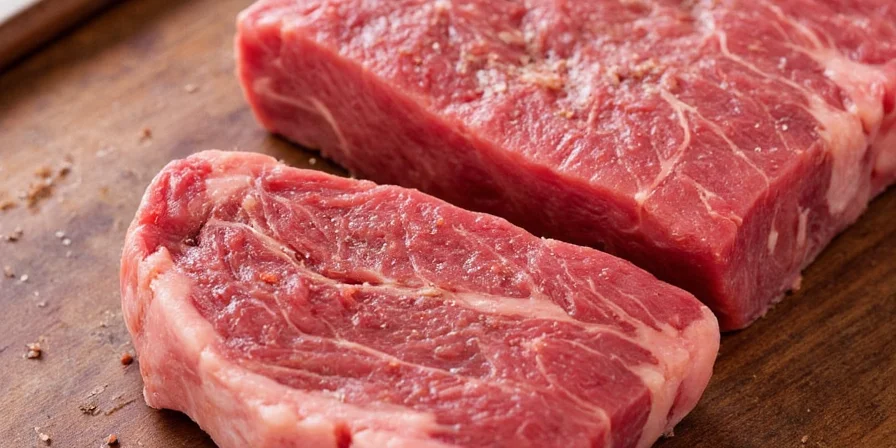
Now go forth, season with confidence, and cook the steak of your dreams. And remember — the real secret ingredient is patience... and maybe a little butter at the end.

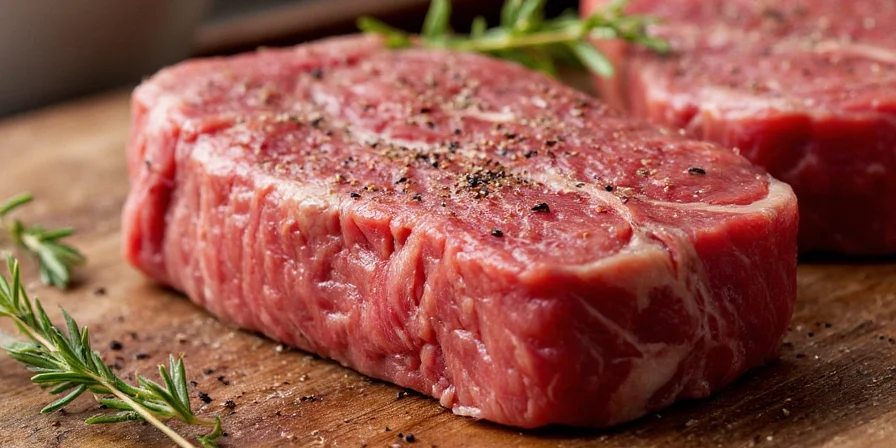









 浙公网安备
33010002000092号
浙公网安备
33010002000092号 浙B2-20120091-4
浙B2-20120091-4